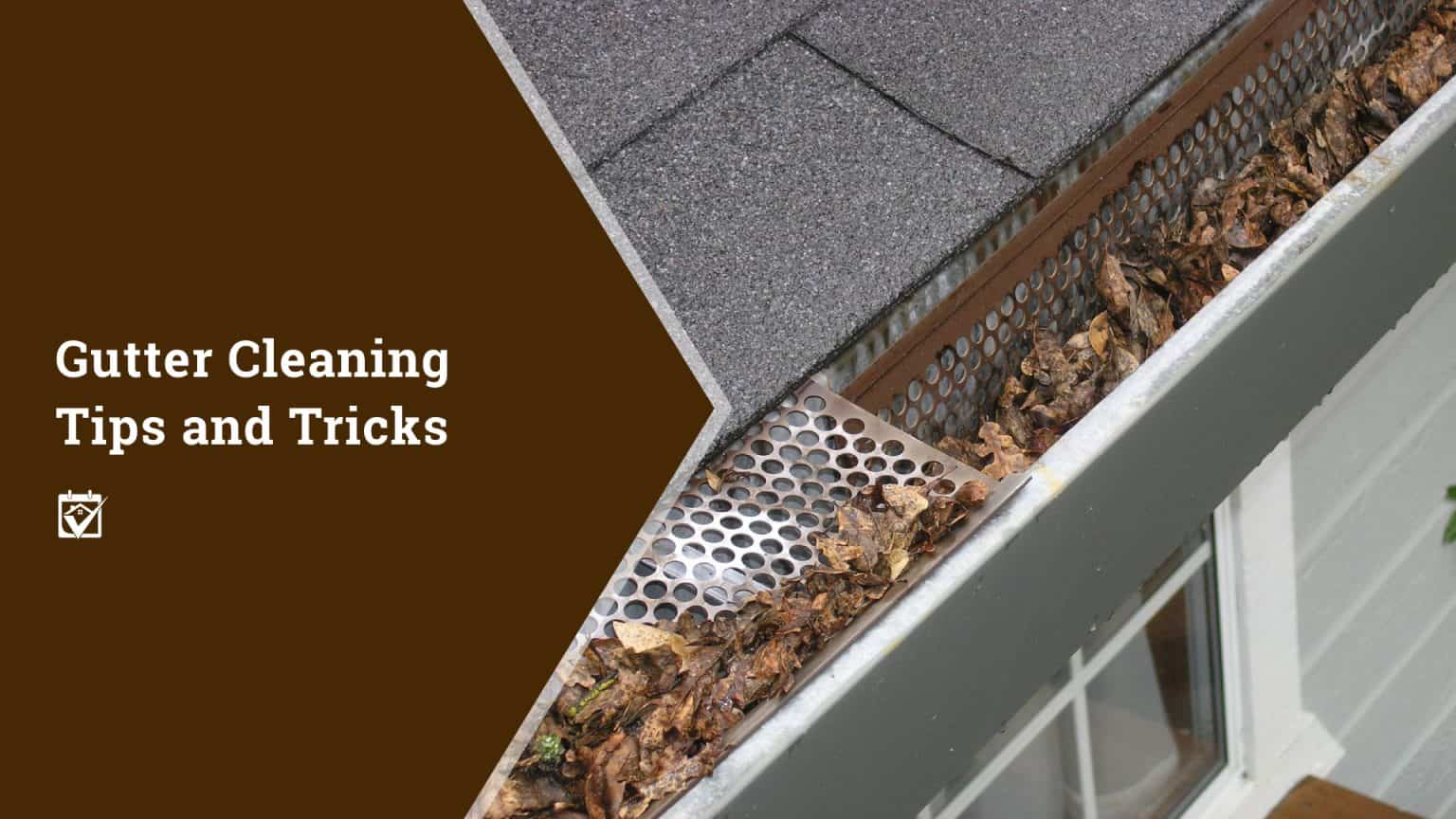There are some chores around the house that make you feel like you’ve really done something, giving you a sense of massive accomplishment and joy. Cleaning gutters isn’t one of them. Unfortunately, it’s a chore that still has to be done, whether it’s fulfilling or not. And if you’ve got to do a thing, you might as well do it right. That’s why we’ve got tips for better gutter cleaning.
Why Clean Your Gutters?
Your gutters are the most efficient way to move water running off of your roof to places far from the foundation of your home. This helps prevent problems like wet crawl spaces and foundation wash-out, among other issues. Going gutterless means opening your home to several different structural risks, so it’s better in the long run to just learn how to clean them properly.
Unfortunately, many people don’t realize this is a job that needs to be done regularly and one that gutter guards don’t make redundant. Yes, you read that right; if you have gutter guards, you still need to clean those gutters once or twice a year. The gutter guards help prevent large solids from settling in the gutters, but they themselves need to be cleaned off and any debris that has collected inside the gutter itself still needs to be washed away to prevent buildup.
How Do You Clean Gutters?
Cleaning gutters is pretty simple stuff, but a lot of people try to make it difficult. Your goal should be to get as much debris out of the gutter itself without sending much into the downspout, where clogs form readily and are difficult to dislodge. Follow this order for best success:
- Work from the corners. Always remove debris from the corners and downspouts toward the center of the gutter. If you do it the other way, you risk moving material into the downspouts and creating logjams that are no fun to remove.
- Scoop out the middle. Debris in the middle needs to be removed next, and remove as much as you can while you’re at it. Don’t count on flushing it down the downspout, since that can add to aforementioned logjams. Use your hand, a trowel, or one of many scoops made for gutter cleaning for this task and dump your debris into a bucket or drop it onto a tarp on the ground.
- Check your elbows. Elbows are a great place for clogs to form, so check all the elbows in your downspout for trouble. If there is a clog, you may be able to clear it with a blast of water from your garden hose. Bigger blockages might need a power washer or plumber’s snake to break free.
Once you’ve cleaned your gutters out, run some water through them with your hose to make sure that they’re not leaking anywhere. This is the best time to repair them, since they’re fairly clean and will be much easier to manipulate. If you’ve got areas that are leaking, apply some sealant or replace the section, depending on the cause of the leak. This is also an excellent time to install some sort of gutter guard if you’ve got an interest in them. Remember that gutter guards still need to be cleaned, but tend to protect better against clogs, so they do still serve a purpose.

